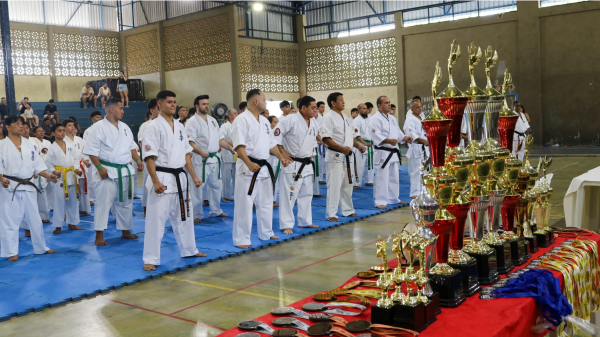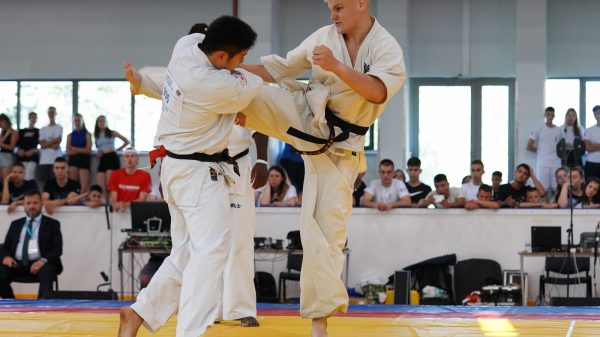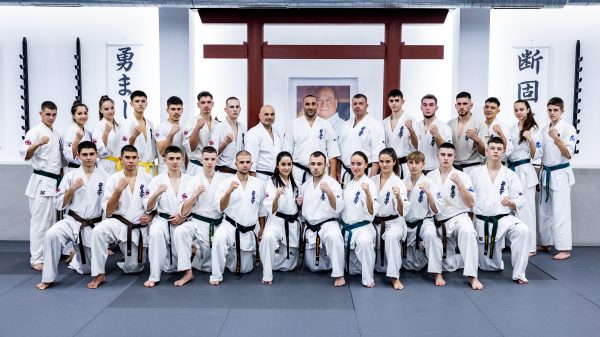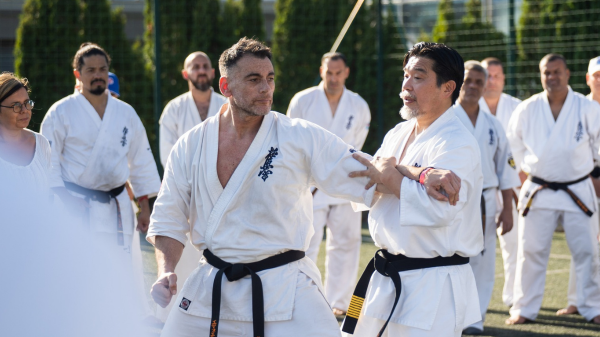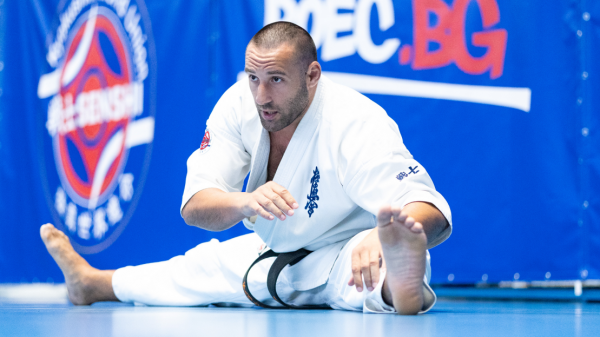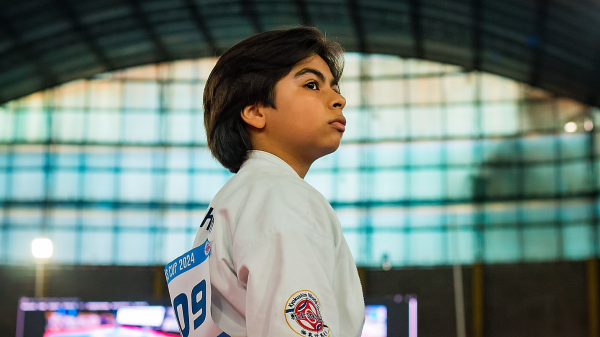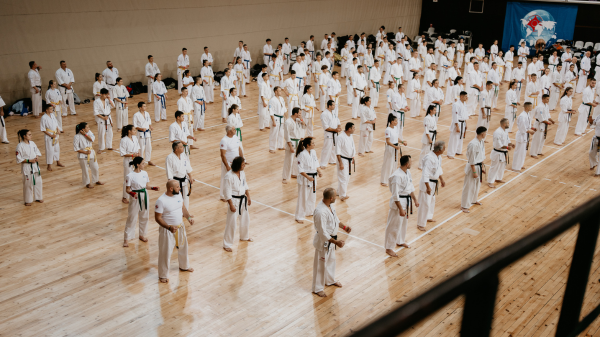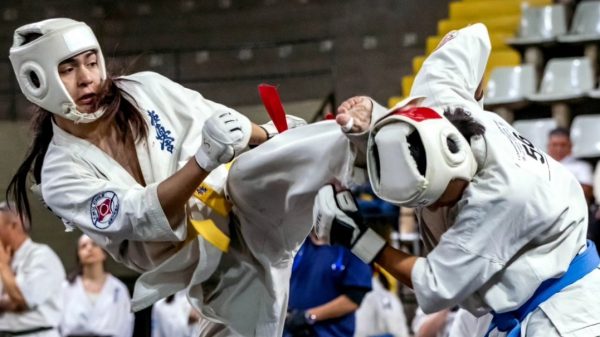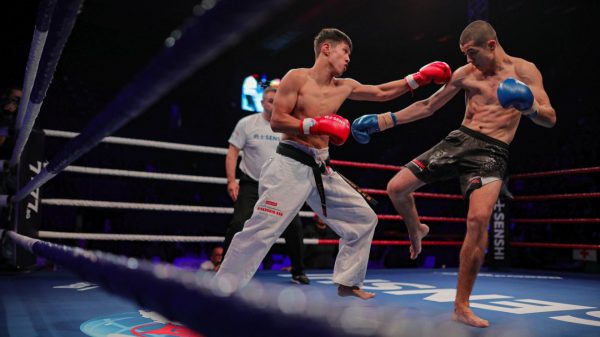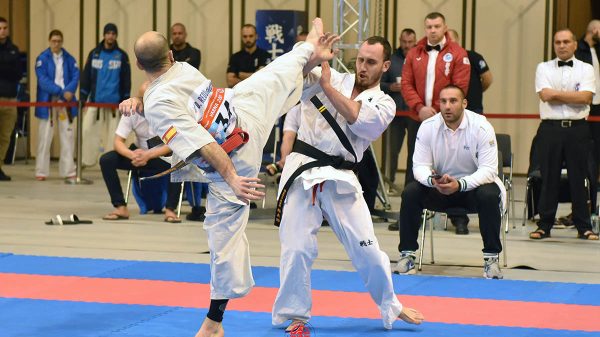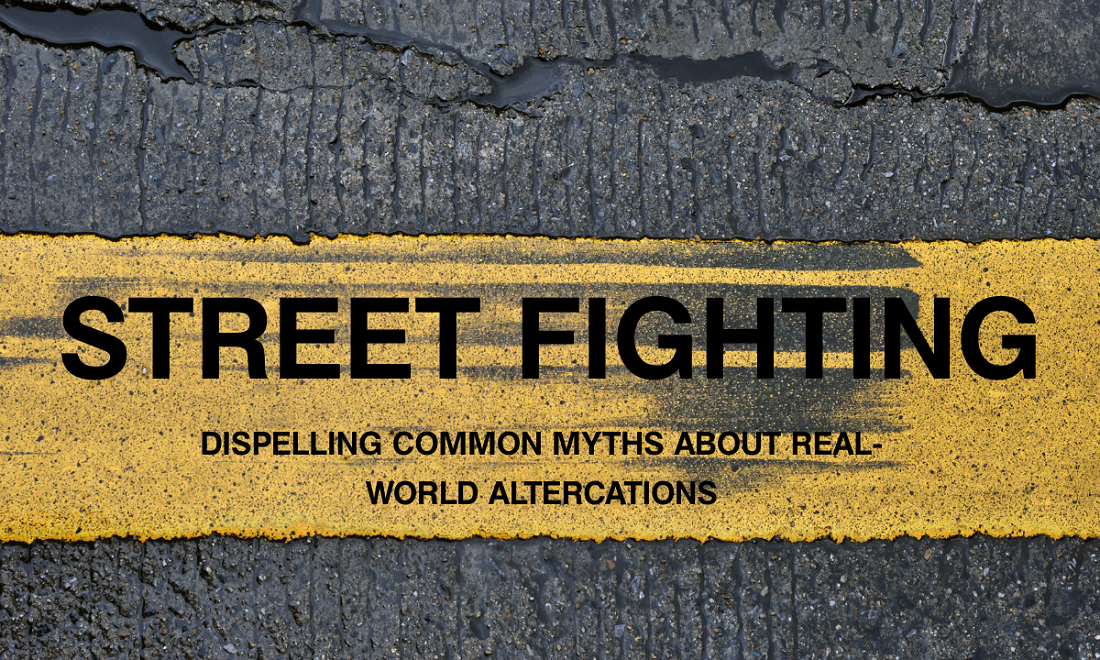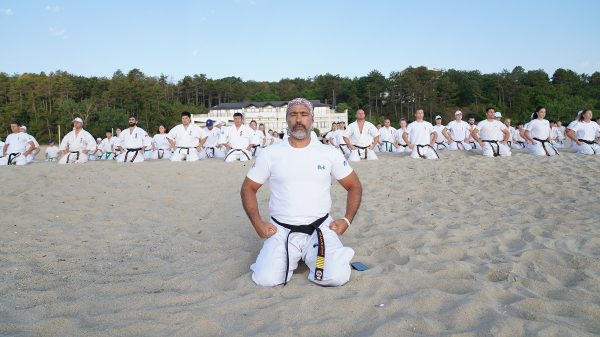Street fighting is often glorified in movies and media, but in reality, it’s a dangerous and unpredictable situation that no one should seek out. We do not encourage street fighting, and we urge individuals to prioritize conflict resolution and safety over violence. However, understanding the myths surrounding street fighting can help individuals navigate situations where they may need to defend themselves or others. In this article, we will explore and debunk some of the most common misconceptions about street fighting.
1. Street Fighting Is All About Brute Strength
Myth: The belief that physical strength is the most important asset in a street fight is one of the most widespread myths. Many assume that the stronger fighter will always come out on top.
Reality: While strength can certainly be an advantage, it is by no means the determining factor in the outcome of a fight. Proper technique, speed, awareness, and the ability to stay calm are far more important than pure muscle. A smaller, well-trained individual can use leverage, angles, and strategy to overcome a larger opponent. Martial arts and self-defense training emphasize these elements to ensure that individuals are prepared for real-world altercations.
2. Aggression Wins Fights
Myth: Another popular myth is that in a street fight, the more aggressive you are, the more likely you are to win. Some people think that showing raw aggression will intimidate the opponent and secure victory.
Reality: Aggression can certainly have an impact, but it often leads to mistakes. In a chaotic, adrenaline-filled situation, uncontrolled aggression can cloud your judgment and make you vulnerable. A calm and controlled response, where technique is prioritized, is more effective in handling an altercation. Training in martial arts teaches self-control, helping individuals react thoughtfully rather than out of sheer emotion.
3. Fighting Dirty Is Essential
Myth: There’s a misconception that street fights are won by using “dirty” tactics, such as eye gouging, groin strikes, or biting.
Reality: While some people may resort to these underhanded tactics in desperation, these methods are neither effective nor reliable. In fact, they are often illegal and can lead to serious legal consequences. Real self-defense training teaches individuals to protect themselves, subdue an opponent, or escape without resorting to dirty or unethical behavior. Street fights are chaotic, and using proper techniques, combined with awareness and strategic movement, is far more effective than relying on surprise tactics.
4. All Street Fights Go to the Ground
Myth: Many people believe that every street fight inevitably ends up on the ground, where grappling and wrestling take over.
Reality: While some street fights do go to the ground, many remain upright, and the fight is won with strikes, movement, or de-escalation. Ground fighting can be risky in street altercations because it often limits your mobility and leaves you vulnerable to multiple attackers or dangerous objects in your surroundings. Effective street self-defense training teaches you how to avoid being taken to the ground and how to disengage if you end up there.
5. You Instinctively Know How to Fight
Myth: There’s a common misconception that street fighting is purely instinctual—that in a fight-or-flight situation, your body will just know what to do.
Reality: The truth is that without proper training, most people will freeze or panic when confronted with a physical altercation. Training helps individuals develop muscle memory and a calm, composed mindset to handle stressful situations. Martial arts, in particular, teaches how to focus, strategize, and act decisively, ensuring you don’t rely on instinct alone, which can often be misguided.
6. Street Fights Are Over Quickly
Myth: Many people believe that street fights are quick and over within seconds.
Reality: In reality, street fights can last much longer than anticipated, with both participants becoming exhausted and vulnerable. The adrenaline rush may make you feel as though the fight is over quickly, but it can take time to bring the situation to a resolution. Having the stamina and strategy to endure and outlast your opponent can make the difference between winning and losing.
7. Size Always Wins
Myth: Another prevalent myth is that a larger person will always win a street fight, simply due to their size and mass.
Reality: Size can be an advantage in some situations, but it is not the defining factor in determining the winner. In fact, smaller, faster individuals with better technique often come out on top. Self-defense training focuses on skill development, body mechanics, and using an opponent’s strength against them. With proper training, a smaller person can neutralize a larger opponent, especially when combined with strategic movement and effective strikes.
8. You Must Knock Your Opponent Out to Win
Myth: Many assume that the goal of a street fight is to knock your opponent unconscious in order to win.
Reality: While knocking someone out is one possible way to end a fight, it is not the only way, nor is it always the most effective. Street fights can be ended by creating distance, subduing the opponent, or simply causing them to back down. Self-defense isn’t about causing excessive harm—it’s about protecting yourself and getting away from danger. Sometimes, simply being able to escape a threatening situation is the best form of victory.
9. Street Fights Are Unpredictable and Out of Your Control
Myth: Street fights are seen as unpredictable, and some believe there’s no way to control the outcome.
Reality: While the specific details of a street fight may be unpredictable, there are things you can control. Proper self-defense training teaches awareness, how to read body language, and when to de-escalate or disengage. Avoiding unnecessary confrontations and knowing how to stay calm in a stressful environment can often prevent fights from escalating in the first place.
10. Self-Defense Training Guarantees Victory in a Street Fight
Myth: Some believe that taking a self-defense class guarantees that you will win any street fight.
Reality: While self-defense training provides crucial tools for protecting yourself, no training can guarantee success in every situation. The real world is unpredictable, and various factors—such as multiple attackers, weapons, or environmental hazards—can make a street fight more complicated. The goal of self-defense training is not to guarantee victory but to equip individuals with the skills to protect themselves as effectively as possible in dangerous situations.
Avoiding Street Fights
While the myths surrounding street fighting may seem appealing, it’s crucial to understand that physical altercations should always be a last resort. We do not encourage street fighting. The best course of action is always to avoid violent situations and use conflict resolution or de-escalation tactics whenever possible. Training in martial arts or self-defense can provide valuable skills for protecting yourself, but those skills should be used responsibly and only when absolutely necessary.
Ultimately, knowledge, awareness, and a commitment to peaceful conflict resolution are the best ways to avoid being caught up in a street fight. Stay safe, stay calm, and choose your battles wisely.



